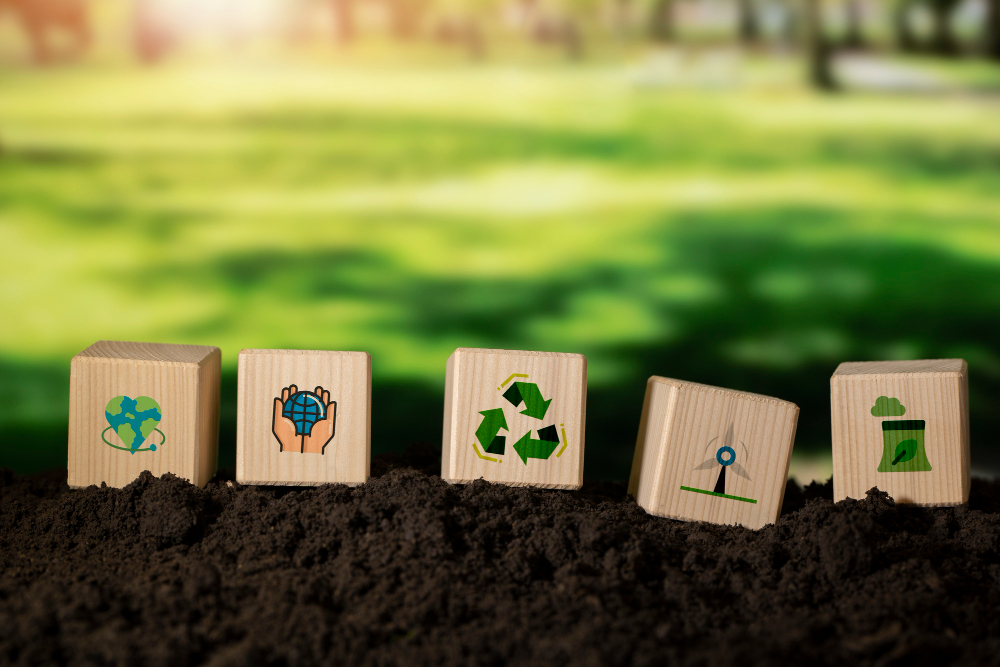Biodegradation is the natural process by which microorganisms, such as bacteria and fungi, break down organic materials into simpler substances like water, carbon dioxide, and biomass, playing a vital role in sustainable packaging solutions. In the case of biodegradable products like plates and disposable food containers made entirely from coconut husks with a PLA (polylactic acid) or PBAT (polybutylene adipate terephthalate) coating, the degradation begins with the exposure to environmental factors such as moisture, heat, and oxygen. Coconut husks, composed primarily of lignocellulosic fibers including cellulose, hemicellulose, and lignin, are inherently biodegradable due to their plant-based origin. Microbes secrete enzymes like cellulases and ligninases that hydrolyze these complex polymers into smaller molecules, facilitating their assimilation into the ecosystem. The PLA or PBAT coating, designed for eco-friendly packaging, enhances water resistance during use but does not hinder the overall biodegradation, as these polymers are also susceptible to microbial attack.
The detailed mechanism of degradation for these biodegradable products involves multiple stages, starting with abiotic factors that initiate the breakdown. For instance, in a composting environment, humidity and temperatures around 50-60°C accelerate hydrolysis of the PLA coating, where ester bonds in the polymer chain are cleaved by water molecules, forming lactic acid monomers that microbes can further metabolize. Similarly, PBAT undergoes enzymatic hydrolysis, breaking down into adipic acid, terephthalic acid, and butanediol, which are non-toxic and readily consumed by soil microorganisms. The coconut husk substrate, rich in natural fibers, supports fungal growth that penetrates the material’s structure, enhancing fragmentation and increasing surface area for bacterial colonization. This synergistic process ensures that sustainable packaging items like these plates and containers decompose within 3-6 months in industrial composting facilities, compared to centuries for traditional plastics, minimizing environmental persistence.
Adopting such eco-friendly packaging not only aligns with global sustainability goals but also reduces the ecological footprint by preventing long-term pollution. As the materials fully integrate back into the natural cycle without leaving harmful residues, they support healthier soils and ecosystems, promoting biodiversity. Innovations in biodegradable products continue to refine these processes, making them more efficient and accessible for widespread use.

